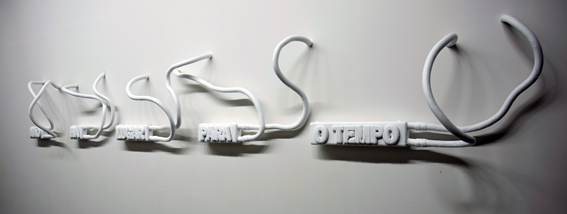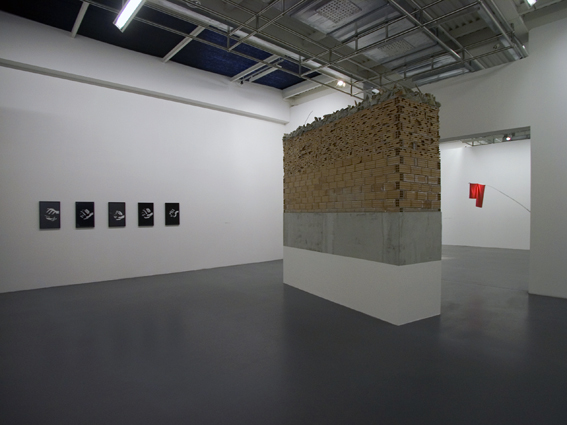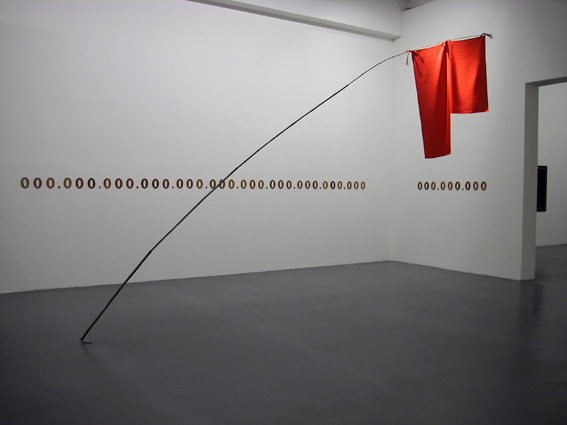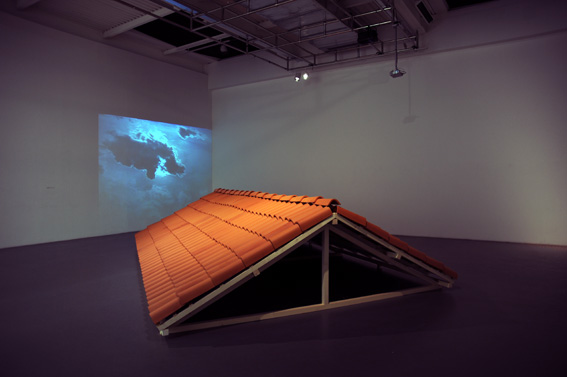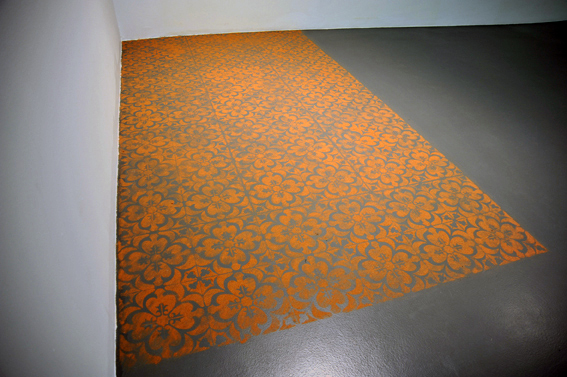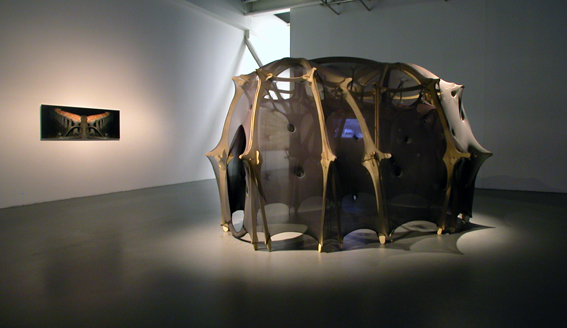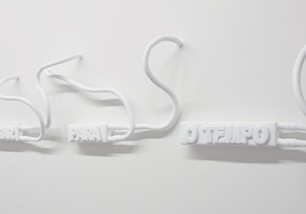
After Utopia. A view on Brazilian Contemporary art
The show investigates a specific dimension of the Brazilian creative scene, through the selected works of twenty-seven artists using art as an exchange territory. A suspension of both time and space, whose only key is our way of interacting with it. The exhibition path analyzes Brazilian art as if it were a reflection of its original identity, an effect overriding every stereotype consolidated and transferred by European culture.
The show takes its metaphorical cue from the building of one of the greatest utopias ever conceived: the city of Brasilia. A place with no particular place, which has witnessed the idea itself of elite becoming a tangible center of power. Brasilia is still conceived as the contact point between archaic and modern Brazil – although the two remain to this day unknown and misunderstood to each other.
But Brasilia itself won’t be the center of the show. The development of its utopia, through the last Oscar Niemeyer project, will become a way to understand how contemporary Brazilian art represents space: a symbol of planned and overcome futures, a place transforming its times.
The selected artists – from Helio Oiticica to Waltercio Caldas, from Cildo Meireles to Ernesto Neto, from Laura Vinci to Andrè Komatsu – all recompose a Brazilian utopia not as it had originally been conceived, but as a way of overcoming or escaping it. In such place art will be a solved utopia, ready to turn once again into the project of an apparent city, an unrealizable place concretized on a support of universal principles.
What remains after utopia is the place of absence, of what only exists through subtraction: today, reaching an ideal no longer implies expectation, hope and perfection.
Contemporary Brazilian art is developing today a different utopia: no longer an authorial project, but simply an aesthetic process struggling for its affirmation, for its liberation, for its earthly representation: fighting to build a new, just society, to reach an equality of ideas. Such society will no longer be transformed by an individual author’s project, but only by wider, inner stirrings.
Utopia after itself – after all individual convictions – must remain a factor of history, a creative-subversive motion corroding the workings of history itself; on the other hand, the ideology it goes hand in hand with finally becomes a mere conservational device.
Present-day Brazil, faced with the massifying American model, has put the stress on the richness of its diversity: environmental, social and political diversities all lie within its own boundaries.
After Utopia, in this process, represents a unit of time and space that can contribute a share to the understanding of how representation, in the Brazilian art scene, is freeing itself from all alienations and contradictions dividing – and ultimately eroding – its native freedom.
October 24th, 2009 – February 14th, 2010
AFTER UTOPIA a view on Brazilian contemporary art
an Isisuf project curated by Atto Belloli Ardessi and Ginevra Bria
Centro per l’Arte Contemporanea Museo Pecci di Prato
Viale della Repubblica 277, Prato
Ernesto Neto, After Utopia, Installation view, ph. courtesy Isisuf
